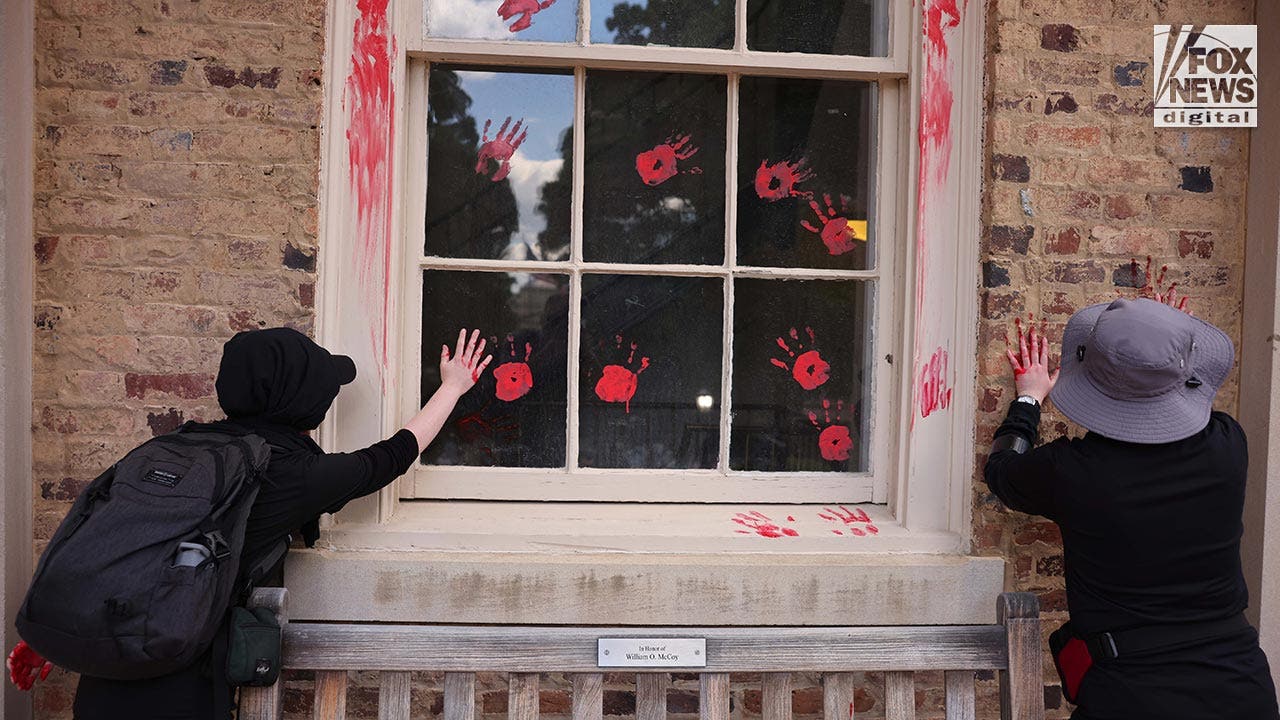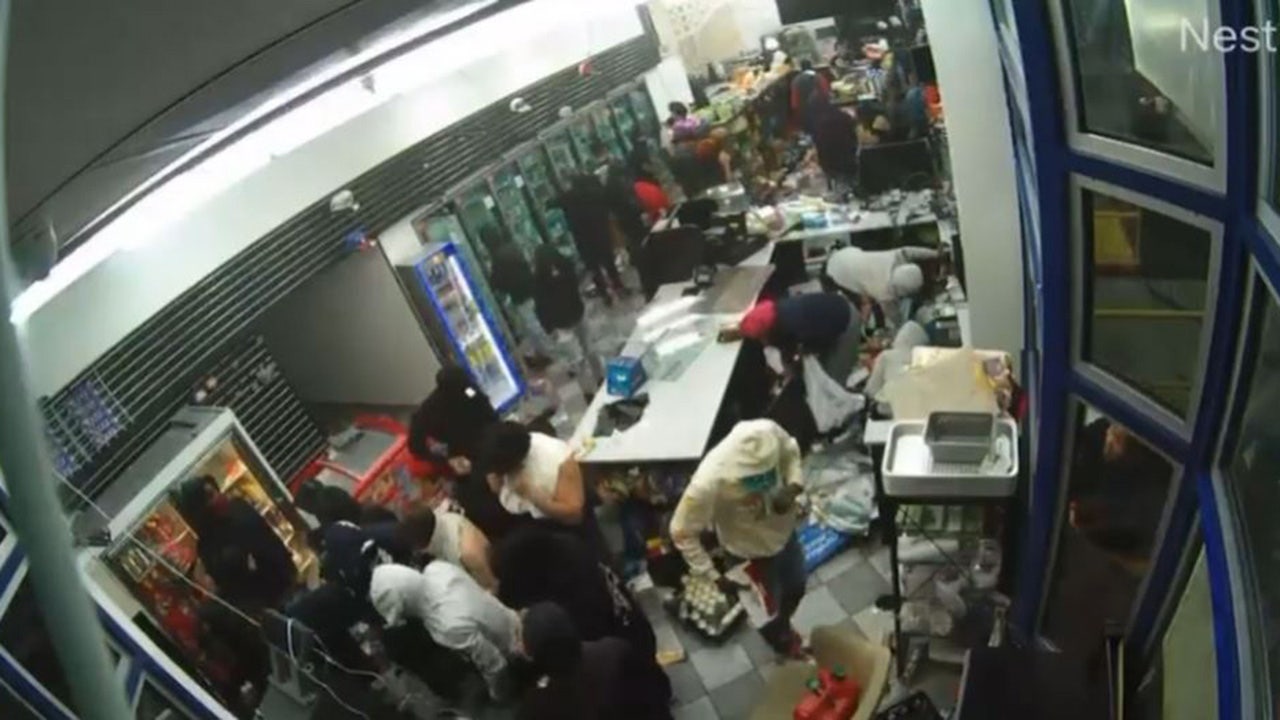A volcano system in southwestern Iceland erupted on Thursday for the third time since December, spewing out a stream of bright orange lava that cut off a source of heating and hot water for tens of thousands of residents amid freezing temperatures.
The eruption occurred at 6 a.m. on a mountain ridge on the Reykjanes Peninsula, according to the country’s Meteorological Office. By late morning, a stream of lava had flowed over a main road and was pouring over a key pipe that transports hot water from Svartsengi, the local power plant, to nearby towns.
Around noon, Vidir Reynisson, the director of Iceland’s civil defense agency, told reporters that the eruption was producing more lava than expected and that it was threatening infrastructure critical to the entire peninsula.
Volcanic eruptions are not uncommon in Iceland, but the volcanoes on the Reykjanes Peninsula had been dormant for about 800 years until 2021. There have been several eruptions since, and experts say that the threat to the peninsula will not end soon.
“It’s like a tap of water that is now open underneath the ground,” said Kristin Maria Birgisdottir, a spokeswoman for the mayor of Grindavik, a nearby fishing town, adding that unless it was “turned off soon,” the peninsula would be seeing “continuous events.”
Thorvaldur Thordarson, a volcanologist at the University of Iceland, said that the lava had probably reached its maximum breadth, at least for the moment, and that the intensity of the eruption was dropping.
But for the area’s approximately 31,000 residents — a significant share of Iceland’s population of about 375,000 — the flowing lava cut off a main source of hot water and heating amid temperatures of 21.2 Fahrenheit. Even colder weather was forecast for Friday.
HS Veitur, the company that runs the geothermal Svartsengi power plant, said that it was working to lay a new hot water pipe, but that it might take a few days to put it into use. The power plant itself is protected by barriers that were erected in recent months because of the volcanic activity.
Keflavik International Airport, Iceland’s main airport, said that it did not have hot water but that flights were not disrupted.
Grindavik, a town of 3,800 that is the closest population center to the volcano, was evacuated before the last eruption, in January, which destroyed part of the town. It remains empty, its residents displaced across the country and prevented from returning to their homes by the threat of eruptions and by cracks that the seismic activity has opened inside their town.
Ms. Birgisdottir, who was born and raised in Grindavik, said that she had bought a house there a few months ago but was now unable to reach it. Residents have been allowed back in groups to check on their properties and retrieve belongings, and she had been given a slot for Thursday morning. Then the eruption happened.
“We are always waiting to be woken up from this nightmare,” Ms. Birgisdottir said, adding that life in the past few months had felt like watching a bad movie.
On Thursday morning, the Blue Lagoon, a geothermal spa that is a popular tourist destination, was evacuated.
About 40 guests at the Northern Light Inn, a hotel situated about a mile away, were also evacuated after the authorities informed the owner of the imminent eruption. Fridrik Einarsson, who has been operating the hotel for three decades with his sister, said that it was the second evacuation within the last month and that they planned to reopen once the eruption ended.
Unndor Sigurdsson, a schoolteacher and a father of three whose house in Grindavik was destroyed by a previous eruption, said that he had seen the latest eruption while driving on the Reykjanes highway to go to work on Thursday morning.
But he said that after seeing lava consume his house last month, there was not much else to feel.
“I feel numb at this point,” he said.






